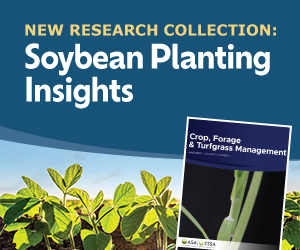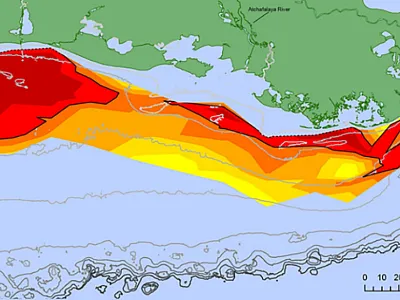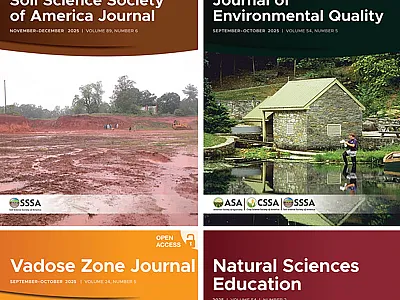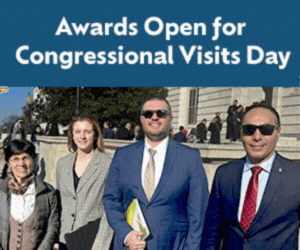Society Annual Meeting Site Selection Process
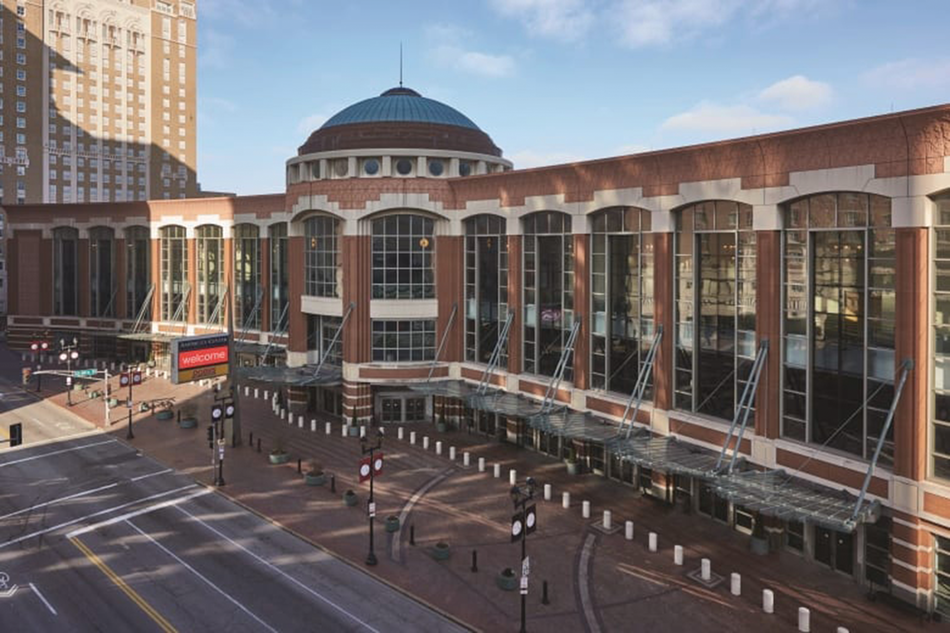
Selecting a venue is undoubtedly the most impactful decision we need to make when planning for the Annual Meeting. The Annual Meeting generates more than $2 million in revenue and a profit of approximately $600,000 (pre-COVID results), which is then split among the Societies using a predetermine formula. With so much on the line, we need to ensure our event location will boost event attendance rather than deter it. But site selection is more than simply finding beautiful hotels and conference centers.
How does a conference city get selected? The answer is complicated, but it depends largely on two main factors: the needs and wants of our attendees and whether the city has a large enough conference center and enough hotel rooms to accommodate a room block of 7,000 room nights and 1,800 sleeping rooming on the peak nights. Generally, it will take at least five hotels to make this room block work.
We also consider the following:
- Where our members are located and our need for an international airport to accommodate travel.
- Keeping registration and hotel costs low by selecting spaces that fit the budget of attendees and offering hotel options at a variety of price points.
- Successful conferences in the past. Was there a common theme in the locations that seemed to boost attendance? In recent history, our best attendance happened twice in Long Beach, in 2010 and again in 2014. The 2019 the SSSA-only meeting in San Diego was very well attended, possibly due to the program and location. San Antonio is another city where the Annual Meeting was very well attended. Location does matter.
- Weather factors based on the time of year. We are careful in the winter as cold weather cities could be shut down by winter storms while in the fall, hurricanes could be a risk along the coasts.
- Competing conferences. If possible, we try not to schedule against their dates.
- Booking patterns for certain cities. It’s not unusual for some popular cities to book events 5 to 10 years in advance. Given that our conference attracts approximately 4,000 attendees, we should be no less than five years on the books. Any less than five years, and we run the risk of being locked out of desired cities and dates.
Given the size of our conference, some cities are too small to provide the space necessary for our conference. The convention center should have at least 60 breakout rooms to accommodate all of our technical sessions. The exhibit hall ideally will provide space for 150,000 ft2 for exhibitors, posters, the Society Center, and all the other activities in the hall. For St Louis in 2023, we have two halls combined for a total of 160,000 ft2. In 2019, we operated in San Antonio with a hall just under 100,000 ft2, and it was very tight.
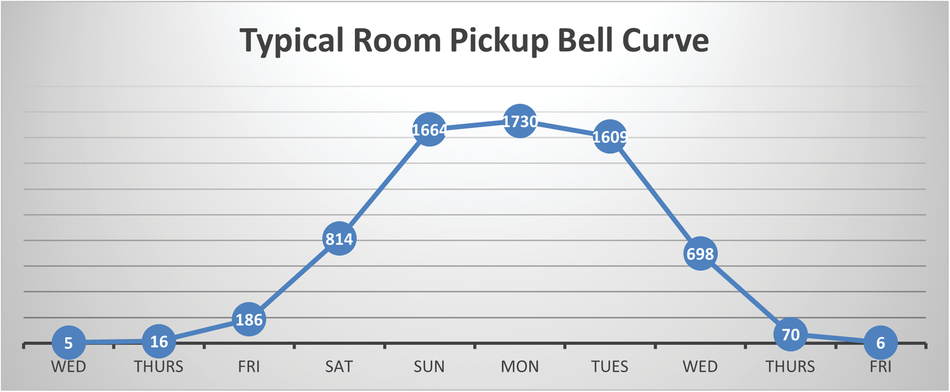
Factoring the Needs of Our Attendees
Once we have narrowed down cities, we still have to find the perfect venue by factoring in the needs of our attendees. We create a matrix of critical items so that the meeting staff and Annual Meetings Planning Committee (ACS732) can objectively measure each venue’s ability to meet our needs. Ranking factors could include but are not limited to:
- Travel costs for attendees—what is the cost for room nights and travel?
- Hard costs for your event such as catering and rental fees.
- Union vs. non-union—how will this affect our labor costs?
- Overall space—is there enough space for all the attendees as well as all the elements of our conference, and does it accommodate potential growth? Do we have enough square footage for our tradeshow? Are breakout session rooms big enough, and are there enough of them in total and with different dimensions? How far do attendees have to walk? Are there spaces where attendees can organically meet and network?
- Do the conference center and hotels meet the expectations of our attendees with regards to service standards, amenities, cleanliness, and responsiveness? Has the center received the Global Biorisk Advisory Council’s (GBAC) STAR Facility Accreditation for its commitment to ensuring a clean, safe, and healthy environment for its employees, customers, and stakeholders? GBAC STAR is the gold standard of prepared facilities.
Once the meeting staff has narrowed down the list, we do an in-person visit of any venues that are on our short list, so we can see and experience the venue. We will walk the convention center, headquarters hotel, and several of the other hotels in the room block. We also evaluate possible entertainment and dining options close to the conference site. Local attractions can provide a chance to host official events and receptions at unique venues, and they also allow attendees to continue networking on their own time and exhibitors to host their own events.
Cities Recently Considered
The following cities were recently considered for the 2026, 2027, and 2028 Annual Meeting:
Houston, TX New Orleans, LA Orlando, FL
Fort Lauderdale, FL Miami Beach, FL Cleveland, OH
Dallas, TX Columbus, OH Albuquerque, NM
Atlanta, GA Portland, OR
Negotiating a Contract
Once we’ve selected a venue with the approval of ACS732 and the three Society boards, it’s time to negotiate a contract. Our group has specific contract language that is important to the success of our event. The Societies use an outside consultant to work on standard contracts with all the hotels and the convention center. Conference Direct is a full-service global meetings solution company that assists with site selection, housing, and contracting with the various hotels and conference centers. In 2020, the pandemic year in which the Annual Meeting in Phoenix was cancelled, we were able to walk away from any attrition costs or damages for cancelling the conference due to properly written contracts. Generally, this is not an easy thing to do.
The contract process includes food and beverage costs, cancellation clauses, room block minimums, hotel room rate parity, and a long list of other key items that protect the financial stability of our conference. In a contract, everything is negotiable, and we know where to give and where you should push. We look for all the concessions available from the hotels and convention center. An event this size is a significant investment for the Societies, so we take appropriate steps to protect that investment.
With so much riding on your conference, it’s no surprise that there are so many considerations to site selection. By keeping the above factors in mind, we can ensure a great experience for our attendees.
Do you have ideas for a future Annual Meeting location? Feel free to contact me (wmeixelsperger@sciencesocieties.org) or Meetings Department staff with suggestions.
Future Meetings
- 2024 | San Antonio, TX | 10–13 November
- 2025 | Salt Lake City, UT | 9–12 November
- 2026 | Portland, OR | 30 Oct.–4 November
- 2027 | Columbus, OH | 29 Oct.–3 November
- 2028 | Fort Lauderdale, FL | 12–15 November
- 2029 | Currently considering options.
Text © . The authors. CC BY-NC-ND 4.0. Except where otherwise noted, images are subject to copyright. Any reuse without express permission from the copyright owner is prohibited.




